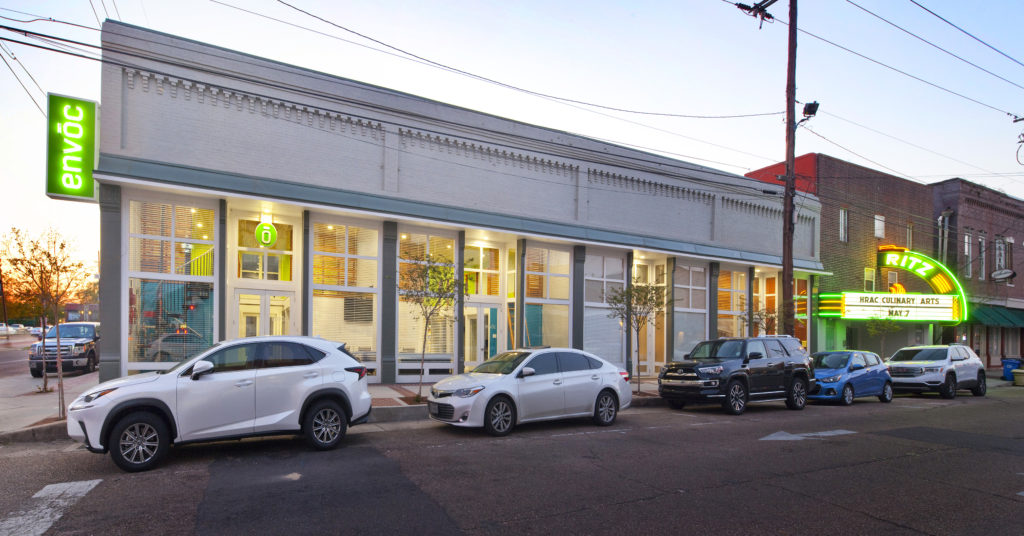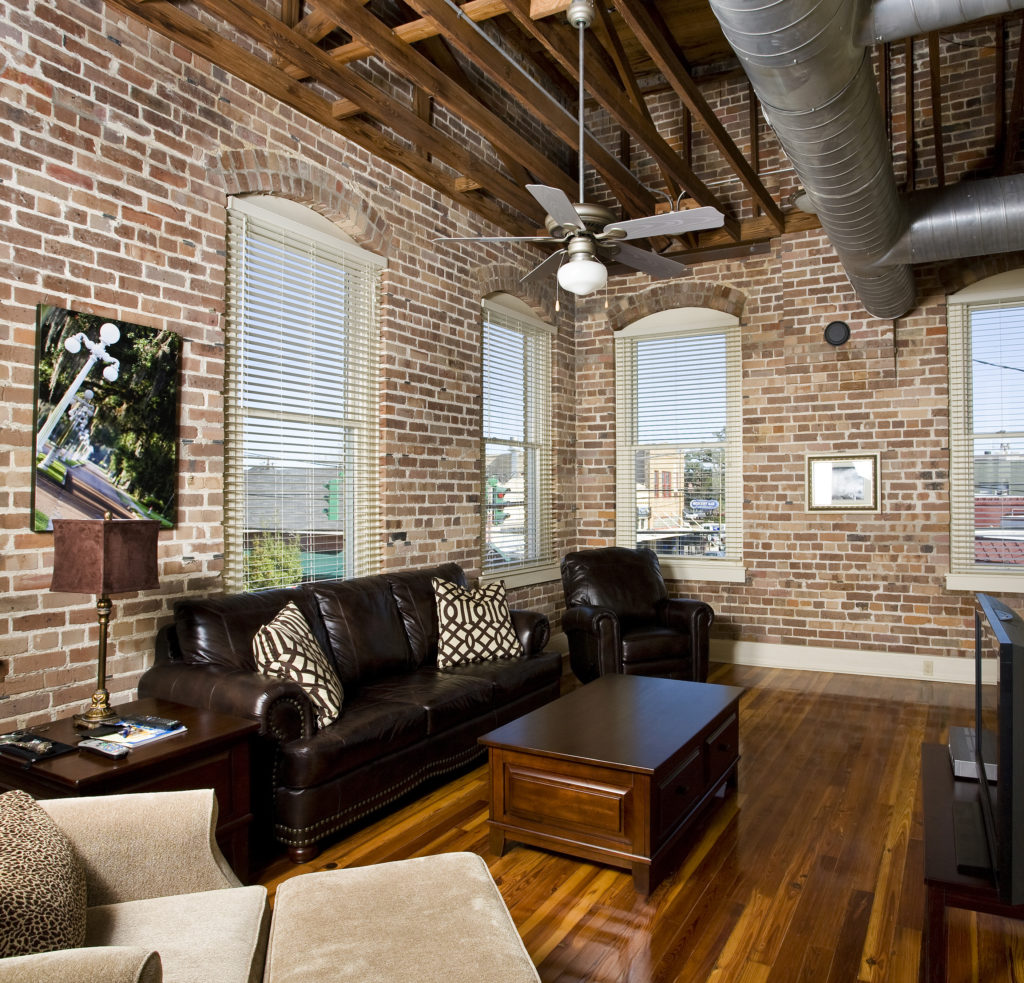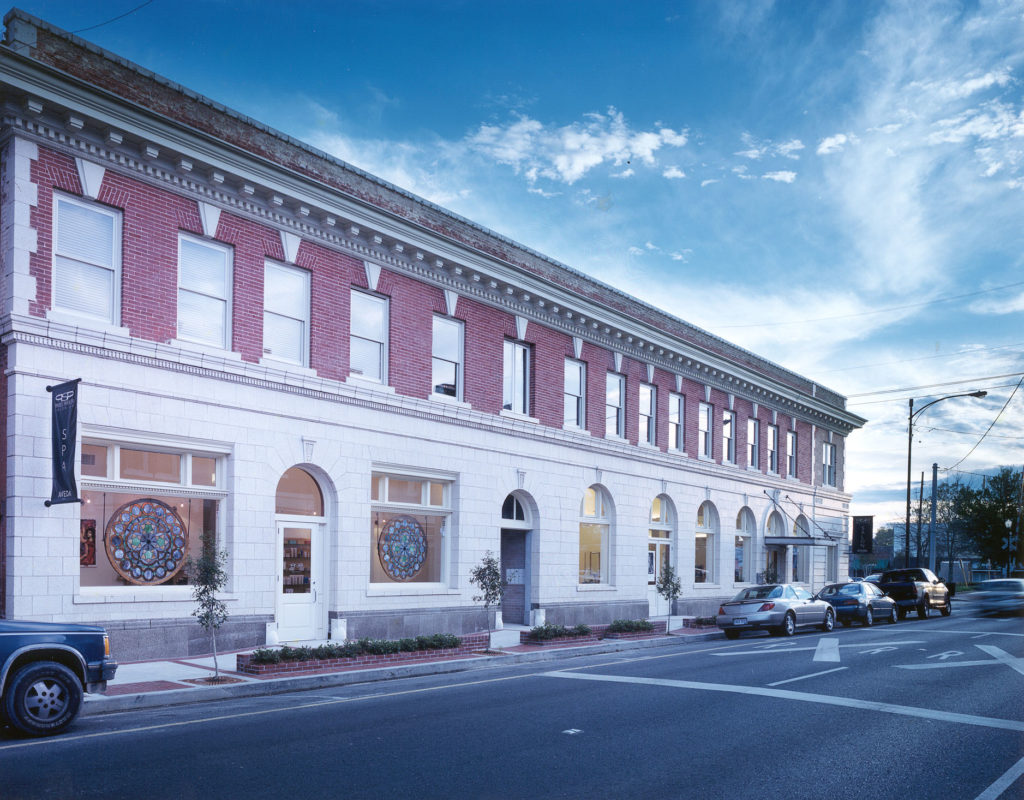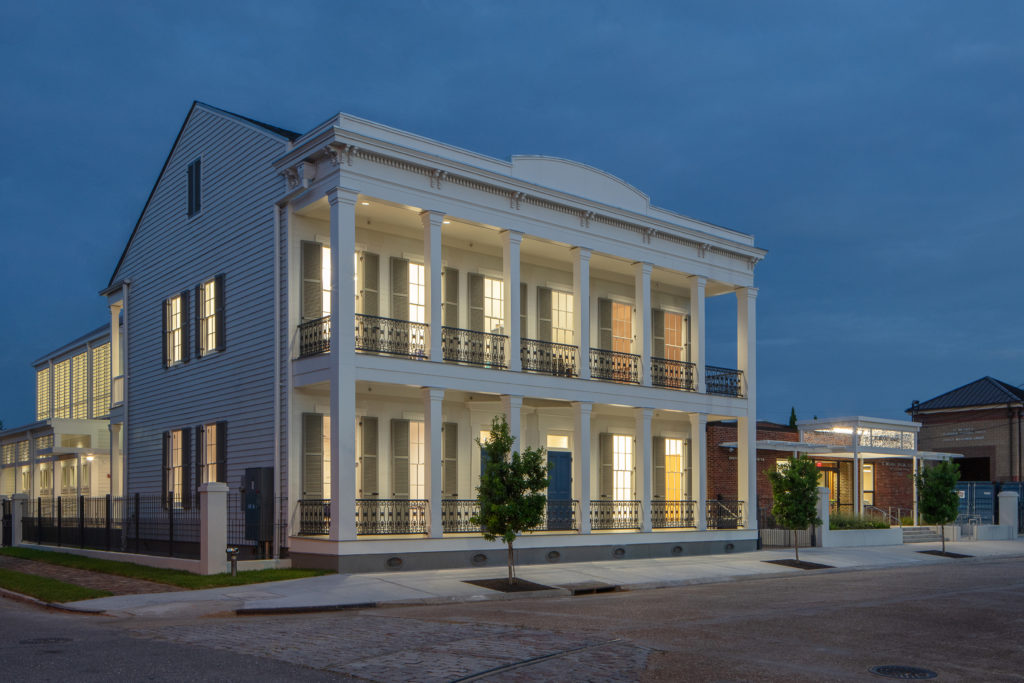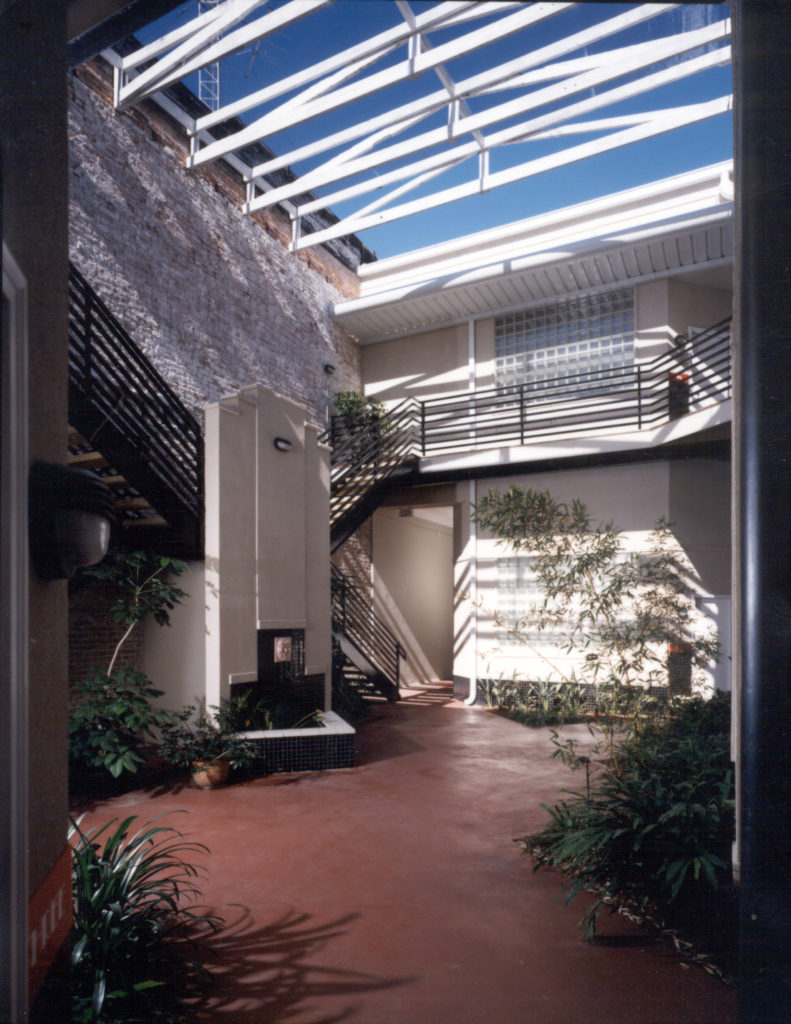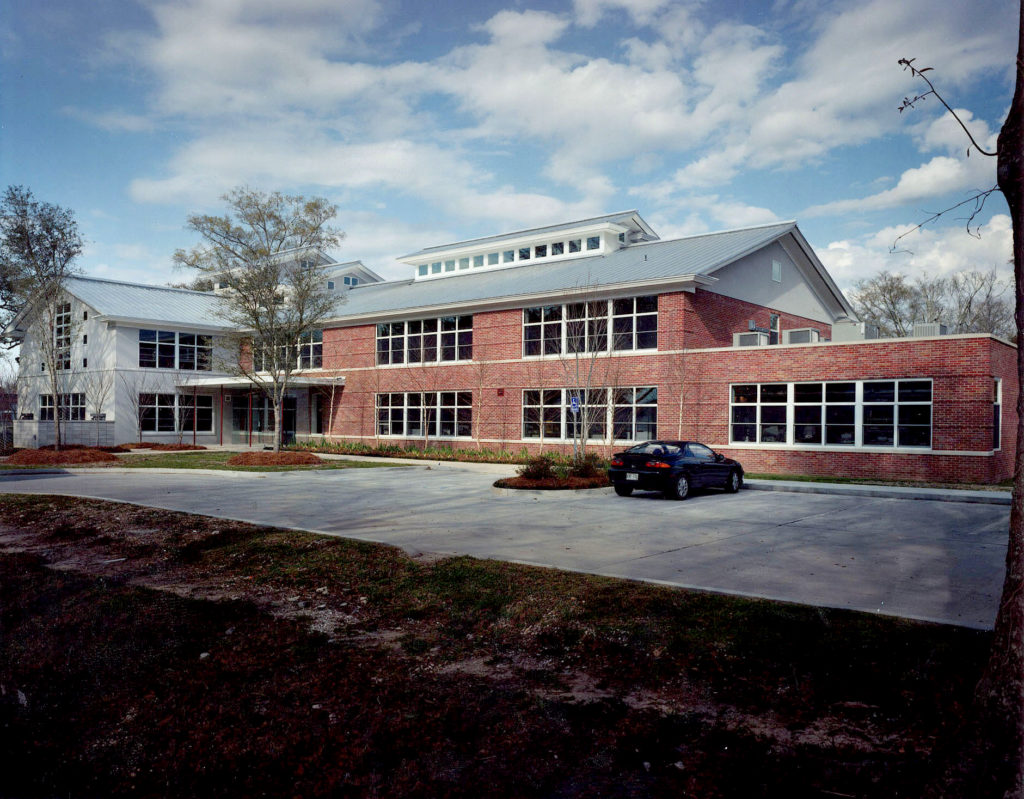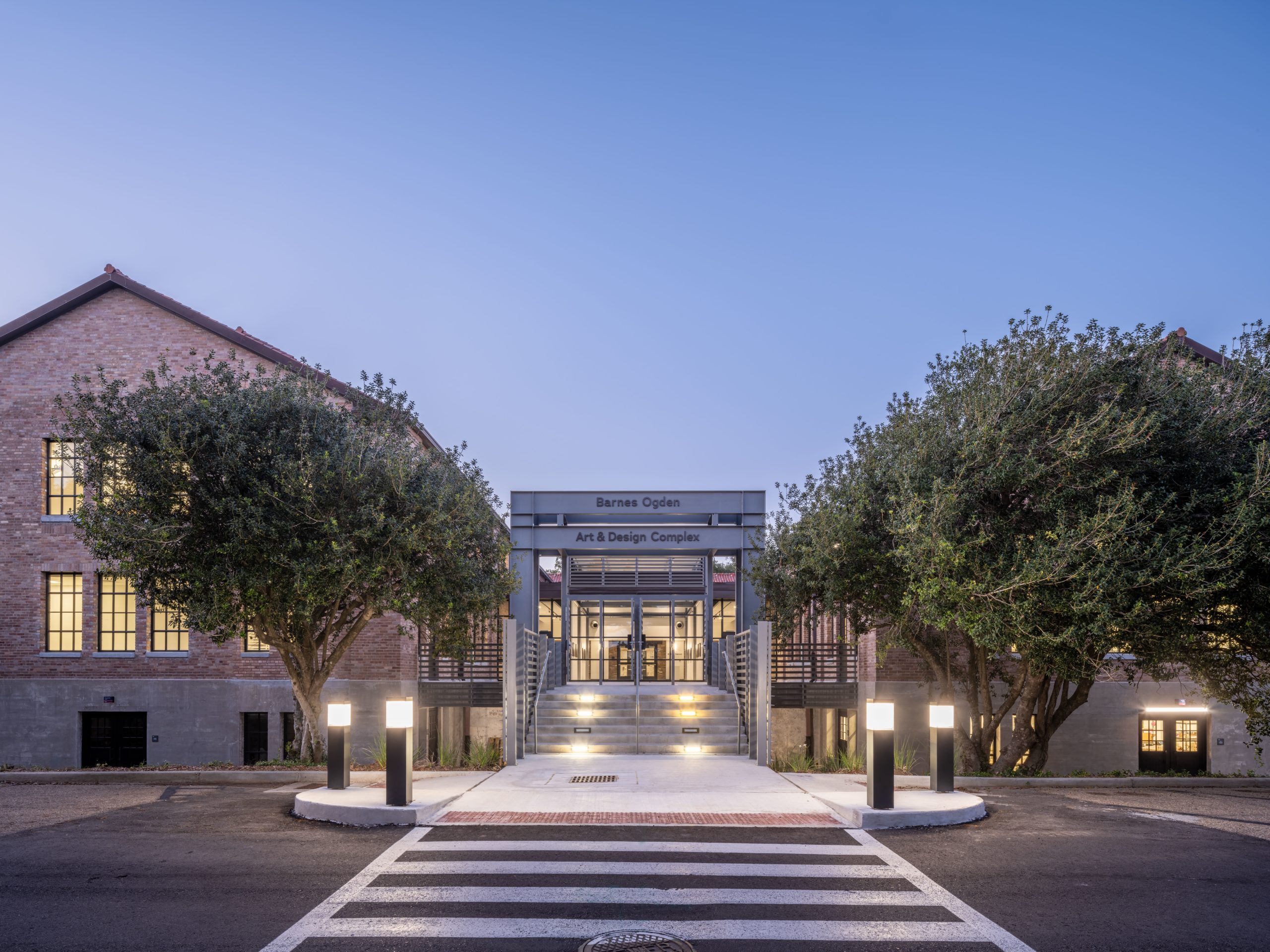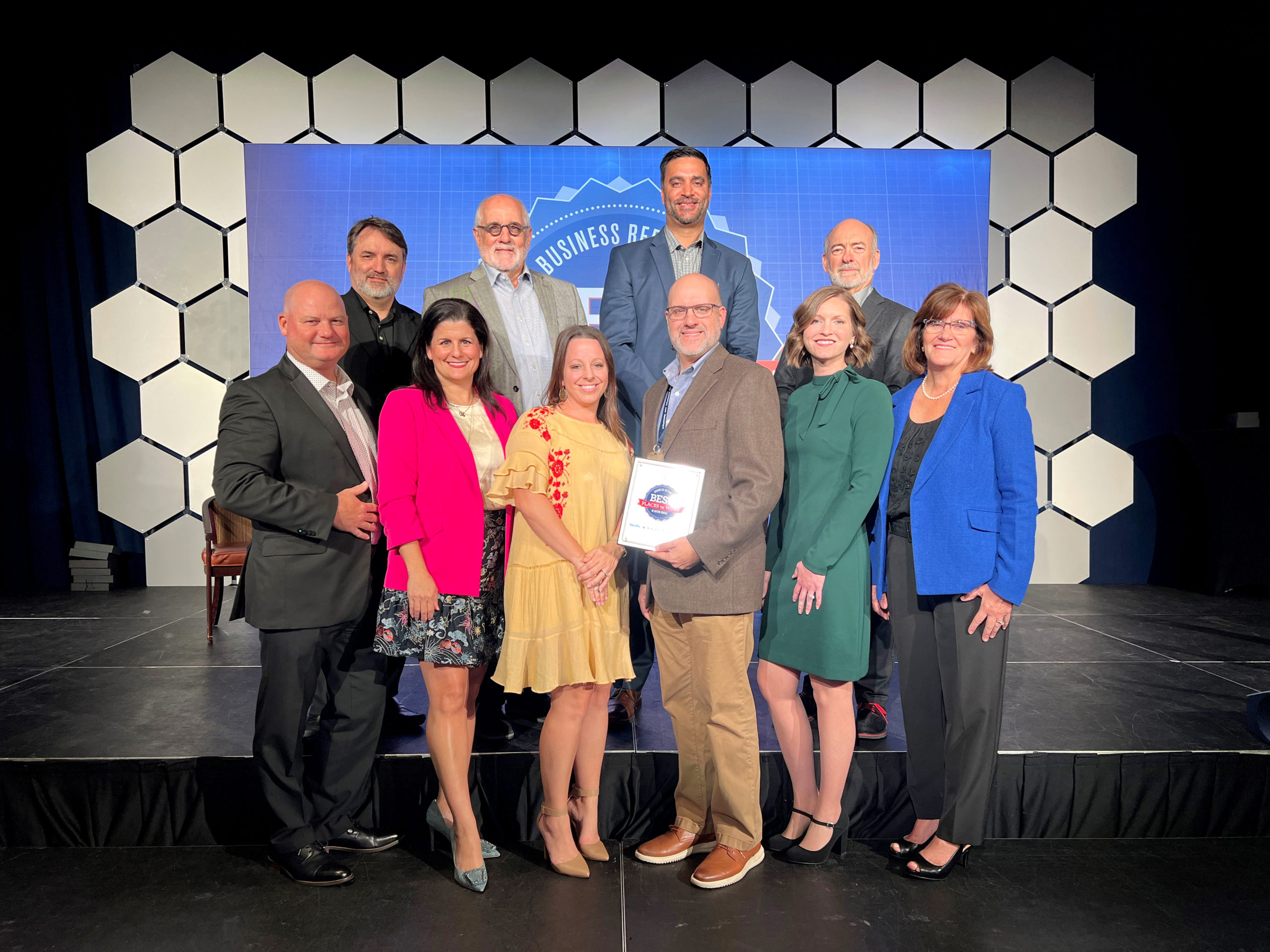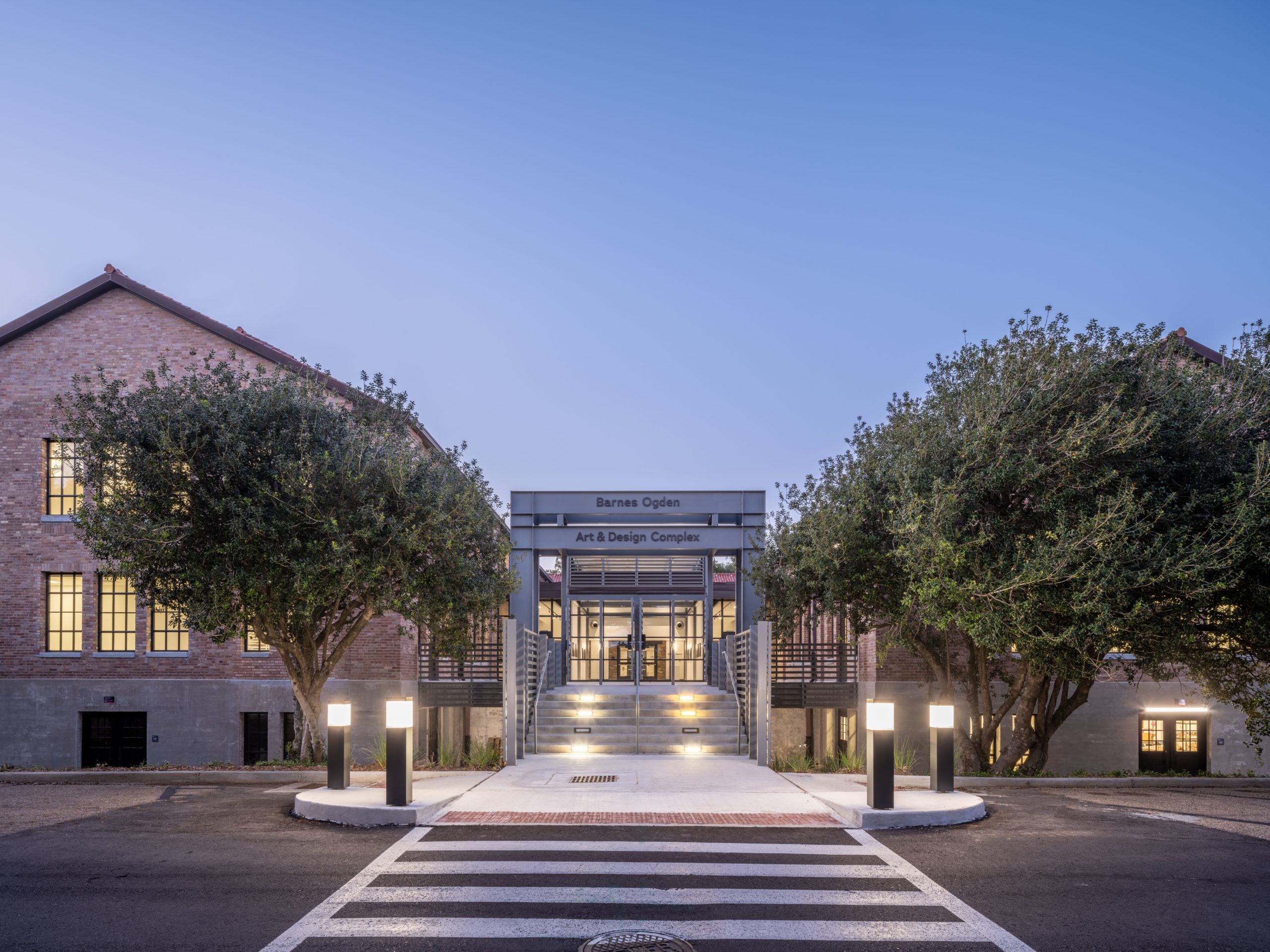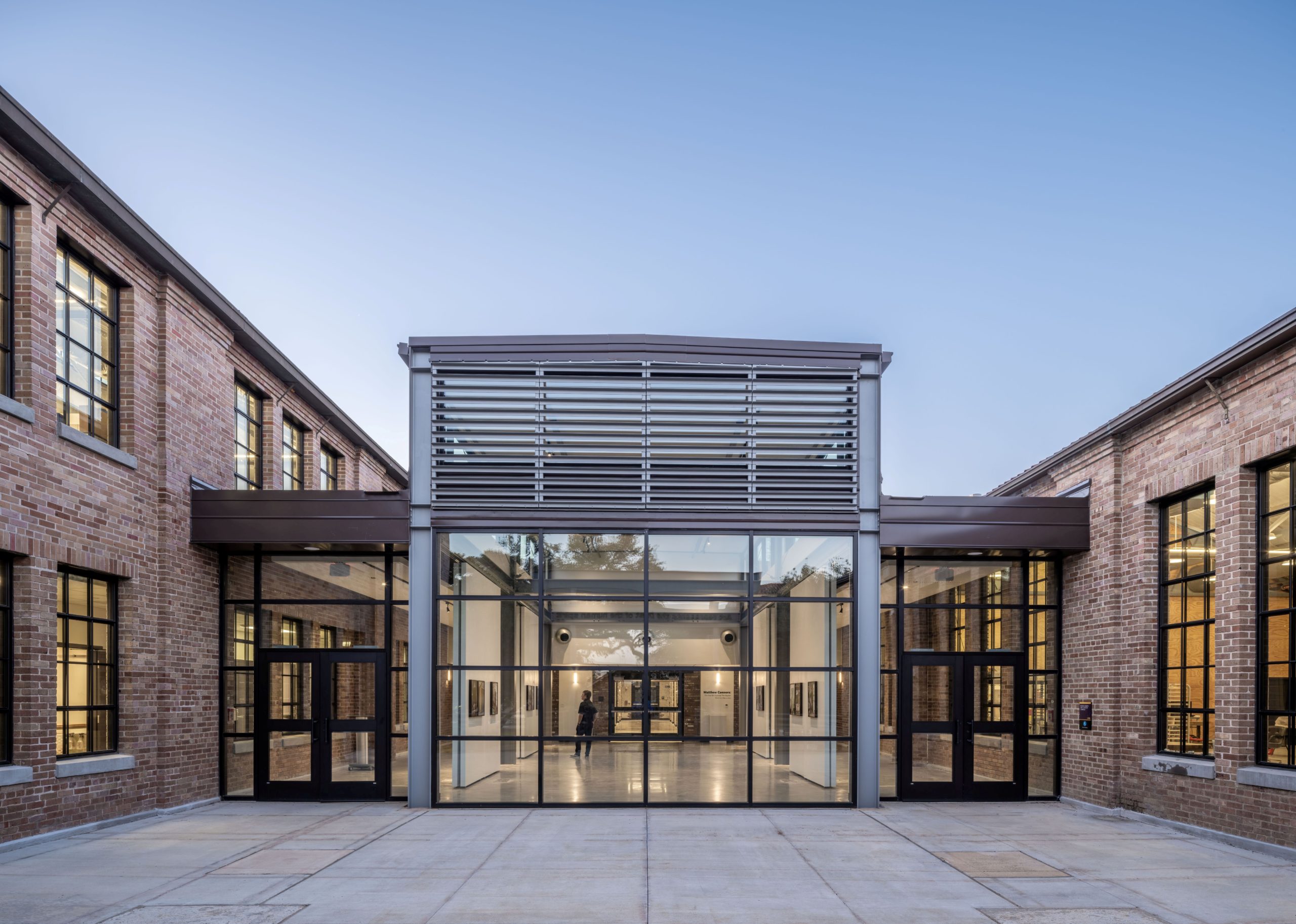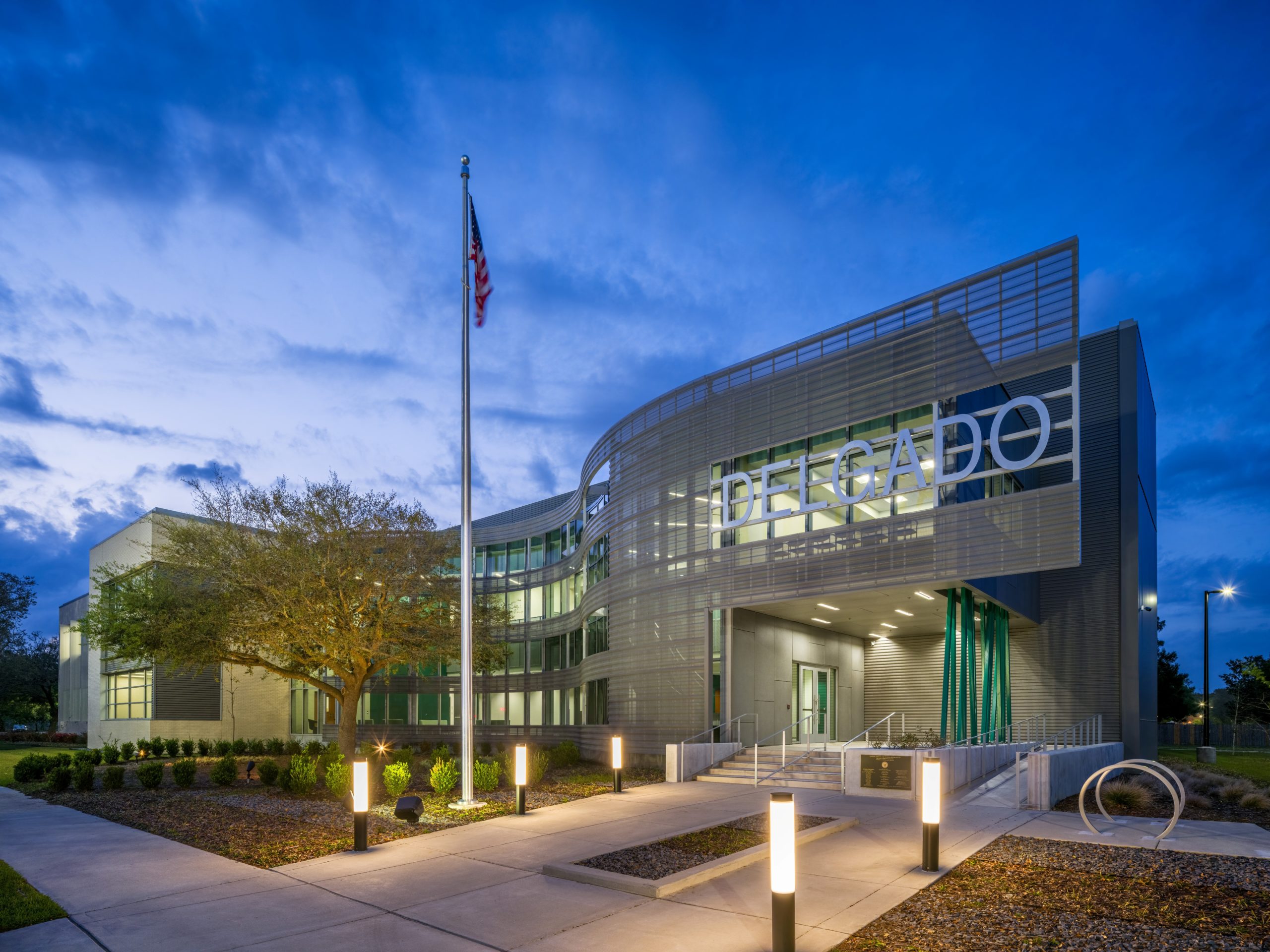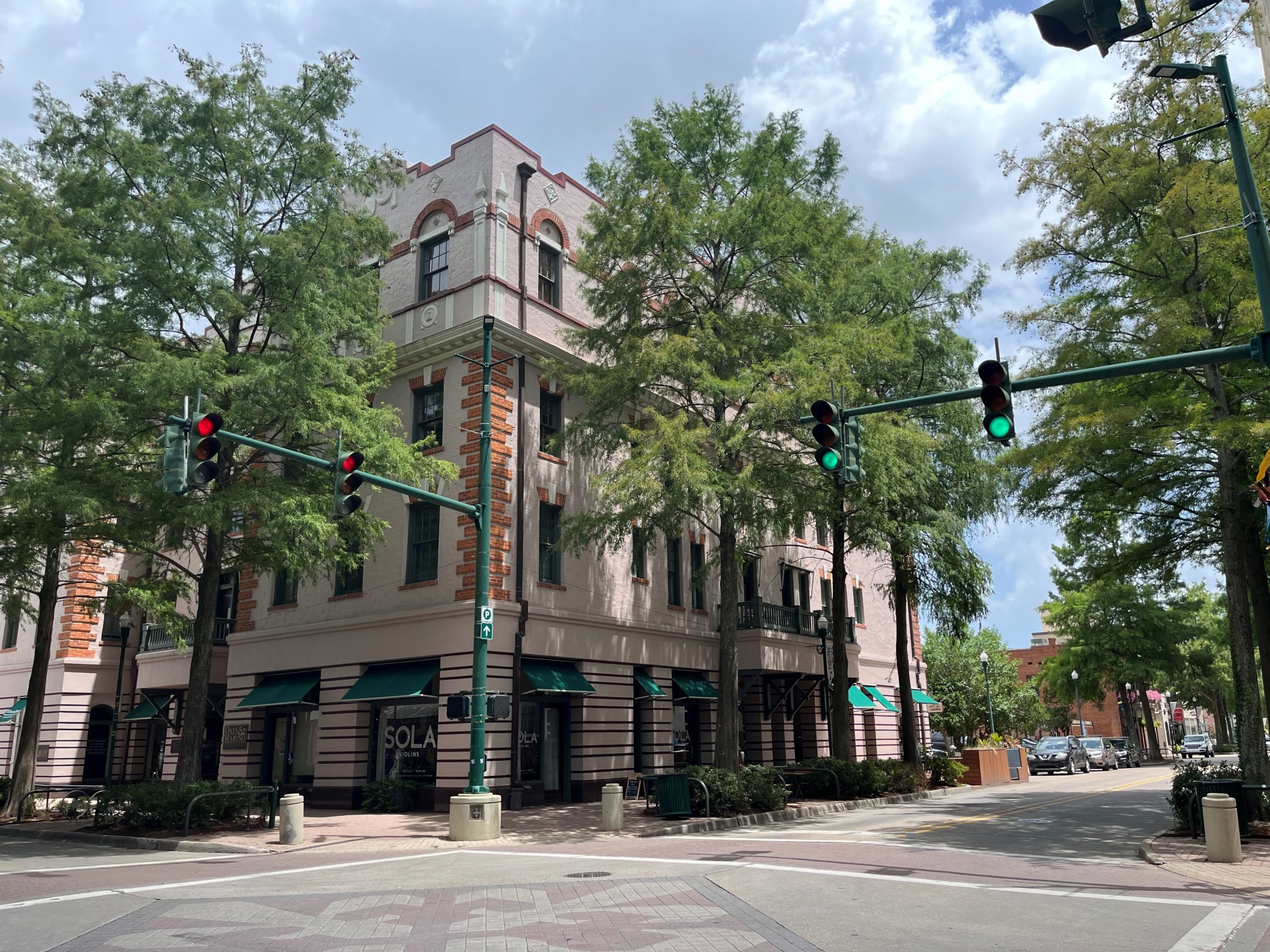Adaptive Reuse
Historic Preservation as Economic Development
As Johann Wolfgang von Goethe said, architecture is frozen music. Our cultural heritage is captured in the architecture of our communities. As time passes, so does the varying style of our architecture preserved through the decades to help us stay connected with the past. Many of the historical architectural periods are defined by the styles of the time, such as Romanesque, Renaissance, Baroque, Classical, Victorian, Art Deco, Mid Century Modern, and so on.
It is important that we recognize the significance of preserving our architectural heritage, and as a result, historic preservation has become a professional service. Many architects have focused their careers on this aspect of the architectural profession. Most cities have defined different districts by the architecture of the buildings and have written zoning codes and ordinances to protect their historic architecture. Along with this, the governing bodies have also created tax incentives and building code alternatives to encourage building owners to preserve their structures to maintain the historical character of not only the building but also the neighborhood and streetscapes. These endeavors have been instrumental in preventing inappropriate renovations or demolition of our historic building inventory and have encouraged the redevelopment of entire neighborhoods into trendy districts.
However, these good-intended regulations also create difficulties for some building owners. All historic gems cannot be museums preserved exactly as they were originally designed and constructed. The buildings need to be brought back into commerce, and as a result, the idea of adaptive reuse evolved as an architectural specialty.
This combination of repurposing and preserving architecture can create an acrimonious balancing act between building owner’s architect and preservationists and governing authorities. The winning solutions often require rigorous attention to exterior facade preservation while allowing interior modifications to address current building codes, new functional space requirements, and technologies.
Ultimately, as a society, we should encourage the construction of buildings that will allow for adaptive reuse 100 or so years from now. Our focus in contemporary times seems to be more on planned obsolescence rather than significant structures that will stand for centuries. The lessons of historic preservation combined with adaptive reuse have allowed us to revel in our architectural heritage and, at the same time, function in the modern world—a beautiful win-win solution for society.

